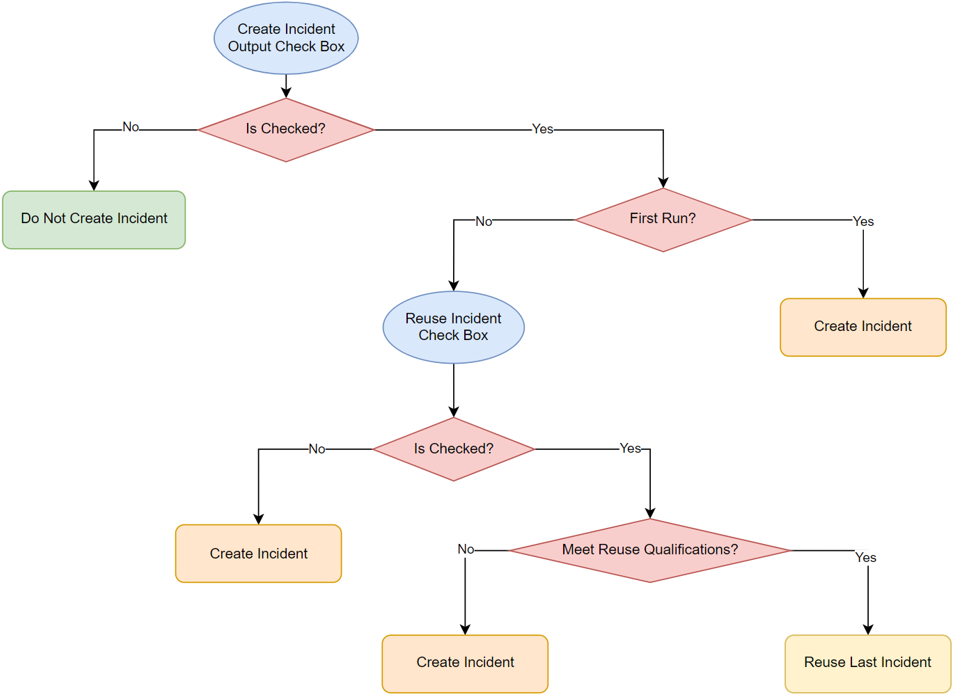R12.1-2025July30
Main Functions of Embedded Incident
The main functions of embedded incident are as follows:
- Document Critical Findings in Embedded Incident
- Create New or Reuse an Incident to Organize Results Reasonably
- Manage Historical Results
Document Critical Findings in Embedded Incident
You can send messages and add a map to the incident, enabling you to track all execution history of a NI(T) from Interactive/Triggered/Preventive automation.
- Send a Message to Incident

- Add Map to Incident

Create New or Reuse an Incident to Organize Results Reasonably
You can define the incident creation settings in the following two areas.
Area 1: Incident Creation Settings:
- If the Create Incident Output check box is selected, an incident will be generated when executing this NI for the first time; If this check box is not selected, the NI will not create an incident.
- Reuse Incident check box — indicates whether to use an existing incident from the second execution of NI. When the condition is not met, a new incident will be created. If it is not checked, a new incident is always created.
Area 2: You can define what will be contained in the incident after the intent is executed. And if the current intent is used as follow-up intent, the data will be sent to the incident of home intent only (when the incident of home intent exits).
Manage Historical Results
Manage the embedded incidents in the following ways:
- For Single Intent: In the NI View mode, incidents generated by this intent can be displayed.

- For Entire Domain: You can manage all the intent incidents in Incident Manager.
